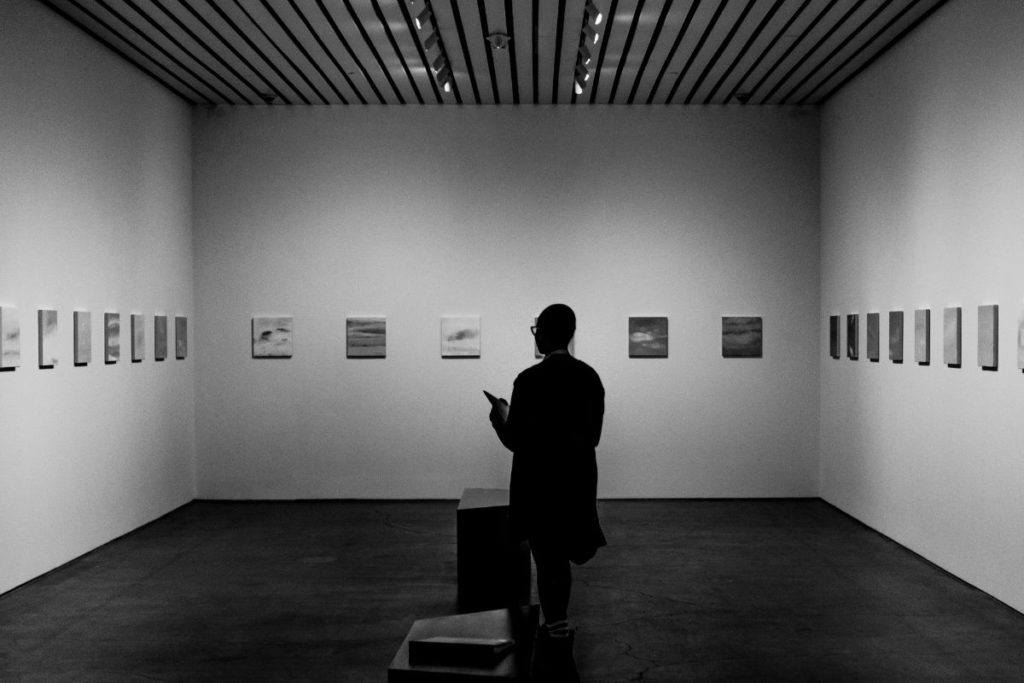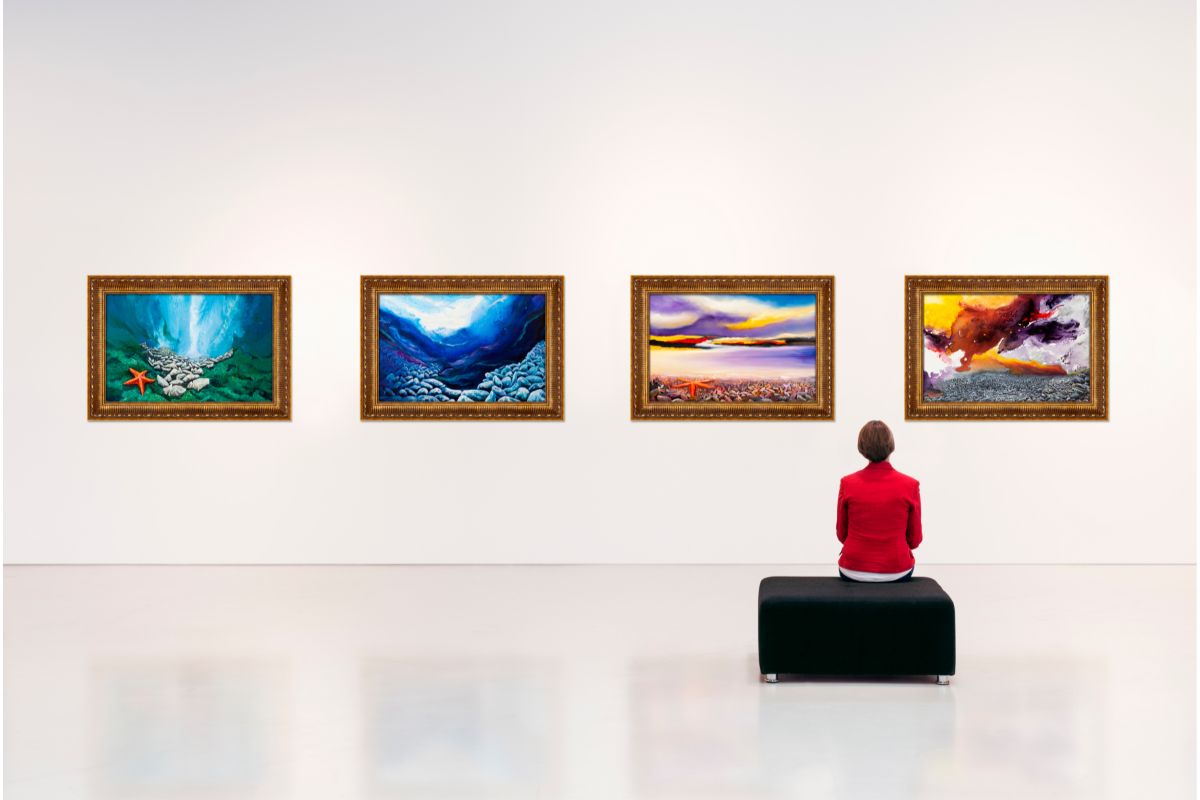
How To Critique Art
Art is just a fact of human existence. For as long as humanity has been around, we have been creating art as a way of expressing our experiences of life in ways that simple words cannot do.
However, art is not just a one-sided activity! Art does not cease to be made once an individual piece of art has been finished, as a large part of art is how those who view it perceive and interpret it.
In order to enjoy any piece of art to a truly great degree, you need to know how to critique it!
We’re going to bet that you are reading this right now because you want to know how to critique art, right? If so, you have come to the perfect place.
Today, we are dedicating ourselves to showing you how you can critique art, and really find that piece of art that speaks to you! Read on down below to get started!
How To Critique Art
There are a number of things you are going to want to do in order to critique art in a way that is intelligent and fair. There are numerous things you will want to look out for, so let’s start nice and slow!
Start By Collecting Basic Information
When you are looking at a piece of art, it can be incredibly valuable to get a sense of its context.
You will want to look out for things such as the name of the artist, where the piece was made, and when it was made.
This information will most often be displayed right next to pieces in galleries, but it can also easily be found online.
You will also want to start looking at some of the work-specific details of the art, such as what materials were used. Is it a painting? A sculpture?
A photograph? What materials were used to bring it all together? What size is the piece? What is its title?
Collecting all of these pieces of information will allow you to begin forming a mental image of the work, from which you can begin to critique.
Go In Depth
Once you have a greater sense of how a piece was put together, including the materials, the media, and the size, you can then begin to describe how the artist has used those materials or that specific medium.
For example, if you are looking at an illustration, you may want to describe what kind of drawing implement the artist has used!
Have they used ink? Chalk? Pencil? How thick are the lines? Are they smooth, or scratchy? There are so many ways to describe line work in an illustration, so let your mind run wild!
You can also describe, shape, spaces, color palettes, and even how light is used in the work. Focus on anything you see within the art, and make note of it.
Taking note of these details help you to feel much closer to a piece of art, and thus much closer to the artist, giving you a much richer understanding of it.
Start Analyzing

Now that you have noted the actual construction of the piece, you can begin to start analyzing it.
Keep a mental note of some of the details you noticed and then use them to inform your interpretation of the work.
Start thinking about how everything in the piece comes together, are the elements of the piece harmonious, or discordant?
Is the lighting in the piece bright or dark? Is there a sense of movement to the piece?
This will cause your eyes to glide across the piece, looking for ways to understand it, but naturally, as you go, you will find yourself focusing on specific parts of a piece.
If so, make a note of it. Do you think the piece has a focal point? Do you believe it is intentional? Ask yourself why it is that your focus might be consistently drawn back to it!
As your understanding of a piece continues to deepen, you may even begin to notice some distinct themes, either within the same piece or amongst some of the artist’s other pieces!
What do you think the work is trying to communicate? Do you think the artist is trying to create a message with the images they chose?
To help with this, look around for repeating patterns, shapes, and images in a piece of work, or a body of work.
Interpret
Now that you have analyzed the piece itself, you can begin expressing your own experience of the piece.
At this point, you may have some ideas as to what the piece is trying to communicate, and why the artist may have created it. Make note of those interpretations.
Make sure to also focus on your own emotions when describing the piece. How did looking at the piece make you feel, and what sort of mood does the overall piece have?
You may even want to compare an individual piece to another piece by the same artist to see if that mood is consistent across their work.
Begin Critiquing
Now that you have considered what the piece means, and what the artist was communicating, you can begin to determine whether the work was successful in communicating that meaning to the observer.
Do you think the medium worked? Were the colors the right choice? Is the lighting right?
Draw on everything you believe about the meaning of a piece, what you understand about how it was made, and the context in which it was made.
This will all help you to judge whether a piece of work is successful in communicating its message and whether it is successful as a piece of art!
To Wrap Up
As you can see, critiquing art is a fairly involved process, and from the outside, it can appear extremely daunting.
However, the best thing to do is to enjoy the process of critiquing, and not put too much pressure on yourself to ‘Understand’ a piece of art.
Art is inherently up for interpretation, and thus there are no ‘wrong’ answers.
Sell More Art Online
If we can't teach you, no one can!


